
Industry News
Bentonite cat litter is one of the most widely used types of litter for domestic cats. Known for its clumping ability and absorbency, it has become a popular choice among cat owners seeking a convenient and hygienic solution. In recent years, self-cleaning litter boxes have also gained attention for their promise to reduce the effort required to maintain a clean litter environment.
Bentonite cat litter is primarily made from naturally occurring clay that has a unique property known as sodium montmorillonite. When exposed to moisture, this clay swells and forms tight clumps. This clumping action allows for easy removal of urine and feces while leaving the remaining litter relatively clean. The ability to clump is what makes bentonite litter particularly suitable for manual scooping.
Bentonite litter also has strong odor control. The dense clay particles absorb moisture quickly, limiting bacterial growth that produces unpleasant smells. The texture of bentonite litter varies, with finer granules generating more dust and coarser granules reducing tracking outside the litter box. Many cat owners prefer bentonite litter because it offers a balance of cleanliness, convenience, and odor management.
Self-cleaning litter boxes are designed to automate the process of separating waste from clean litter. While designs vary, most operate using one of three mechanisms: mechanical raking, rotating drums, or sifting systems. In mechanical rake systems, a rake moves across the litter surface after the cat exits, pushing waste into a separate compartment. Rotating drum systems lift waste from clean litter, depositing it into a sealed container. Sifting systems use a tray with holes to allow clean litter to fall through while trapping clumps.
The effectiveness of self-cleaning litter boxes depends heavily on the type of litter used. Litter must form solid clumps that can be easily separated without breaking apart. It must also be dense enough to remain in place during the automatic cleaning cycle. Light or non-clumping litters may fail to work properly, resulting in scattered waste and a messy litter box.
Given its clumping nature, bentonite litter is generally considered compatible with most self-cleaning litter boxes. The dense clumps formed by bentonite are firm enough to be lifted or pushed by rakes and sifting mechanisms. However, several factors can influence performance.
Bentonite litter relies on moisture to form clumps. If the litter is too dry, clumps may not form adequately, and waste may scatter during cleaning. Conversely, overly wet litter can create sticky, heavy clumps that are difficult to move. To optimize performance, it is important to maintain the litter at an appropriate depth and monitor moisture levels. Some self-cleaning litter boxes recommend a minimum litter depth to ensure the rake or sifting mechanism functions effectively.
Bentonite litter comes in various granule sizes, from fine to coarse. Finer granules tend to form tighter clumps but generate more dust, which may interfere with the mechanical parts of a self-cleaning box. Dust can accumulate on sensors, rakes, or sifting trays, reducing the reliability of the system. Coarser granules produce less dust and tend to track less outside the litter box, but they may not clump as quickly or firmly. Selecting the appropriate granule size for the specific self-cleaning litter box model is important to avoid mechanical issues.
The speed at which bentonite litter forms clumps can affect the efficiency of self-cleaning litter boxes. Many automated systems are programmed with a delay to allow clumps to solidify before the cleaning cycle begins. If clumps form too slowly, they may break apart when the rake or sifting mechanism passes over them. This could leave residue behind or scatter waste, defeating the purpose of automation. Cat owners may need to experiment with different brands or moisture levels to achieve the best results.
Self-cleaning litter boxes do not eliminate odor entirely. Although bentonite litter is effective at absorbing moisture and controlling odor, frequent removal of waste is still necessary to prevent smells from building up. In addition, some automated boxes seal waste in a compartment, which can trap odor if the clumps are not fully solid. Proper ventilation and regular maintenance are key to ensuring a fresh environment.
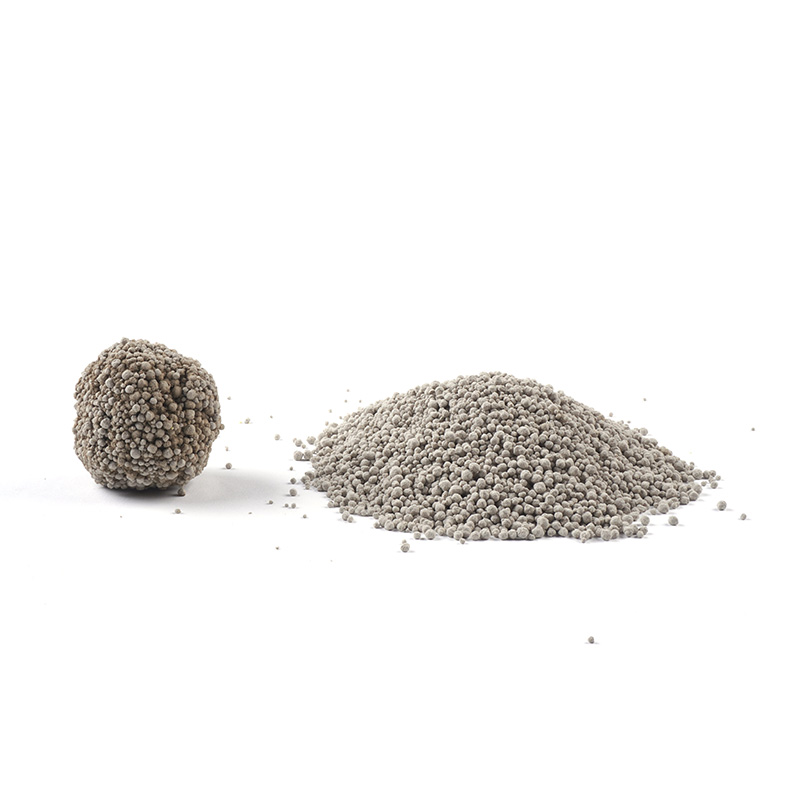
While bentonite litter generally works well in self-cleaning litter boxes, there are some challenges to consider.
Tracking and Spillover: Bentonite clumps are dense, but light granules may stick to the rake or spread outside the litter box. Regular cleaning around the box may still be required.
Mechanical Wear: Dust from fine bentonite litter can accelerate wear on moving parts of the self-cleaning mechanism. Periodic cleaning of the rake, sensors, and trays is important to prolong the lifespan of the box.
Multiple Cats: Households with multiple cats may require more frequent litter changes, as the increased volume of urine and feces can saturate bentonite litter more quickly, reducing clumping efficiency.
Cost Considerations: Bentonite litter is generally more expensive than non-clumping alternatives. While self-cleaning litter boxes reduce manual scooping, the combination of frequent litter replacement and automation may increase overall cost.
To maximize the effectiveness of bentonite litter in self-cleaning litter boxes, cat owners can follow these guidelines:
While bentonite litter is effective for many self-cleaning litter boxes, some cat owners may prefer alternatives. Non-clumping litters, recycled paper litter, and silica gel-based litters each have their own advantages and drawbacks. Non-clumping litter requires more frequent complete changes and may not work well with automated systems. Silica gel absorbs moisture effectively and produces minimal dust but does not form clumps for easy removal. Recycled paper is environmentally friendly but may not provide the firmness needed for mechanical cleaning.
Ultimately, the choice of litter should balance convenience, cat comfort, and compatibility with the cleaning mechanism. Bentonite remains a popular option because it meets most of these criteria, particularly in terms of clumping, odor control, and availability.
Bentonite cat litter is generally compatible with self-cleaning litter boxes due to its clumping ability, density, and absorbency. It can work effectively with rake, sifting, or rotating drum mechanisms, provided certain conditions are met. Cat owners should pay attention to litter depth, granule size, moisture balance, and maintenance to ensure optimal performance. While some challenges exist, including dust accumulation and tracking, bentonite litter remains one of the most practical choices for automated litter systems.
When used correctly, bentonite cat litter can reduce manual scooping, maintain a clean environment, and control odor, making it a reliable option for self-cleaning litter boxes. Understanding the interaction between the litter type and the automated system is key to maximizing convenience and keeping both cats and owners satisfied.
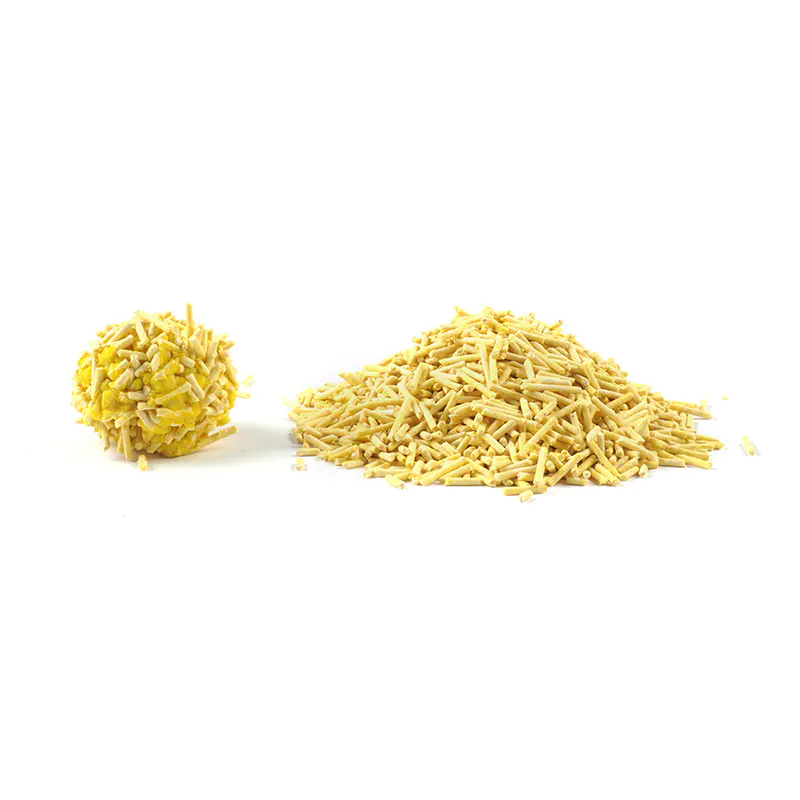
Tofu Cat Litter
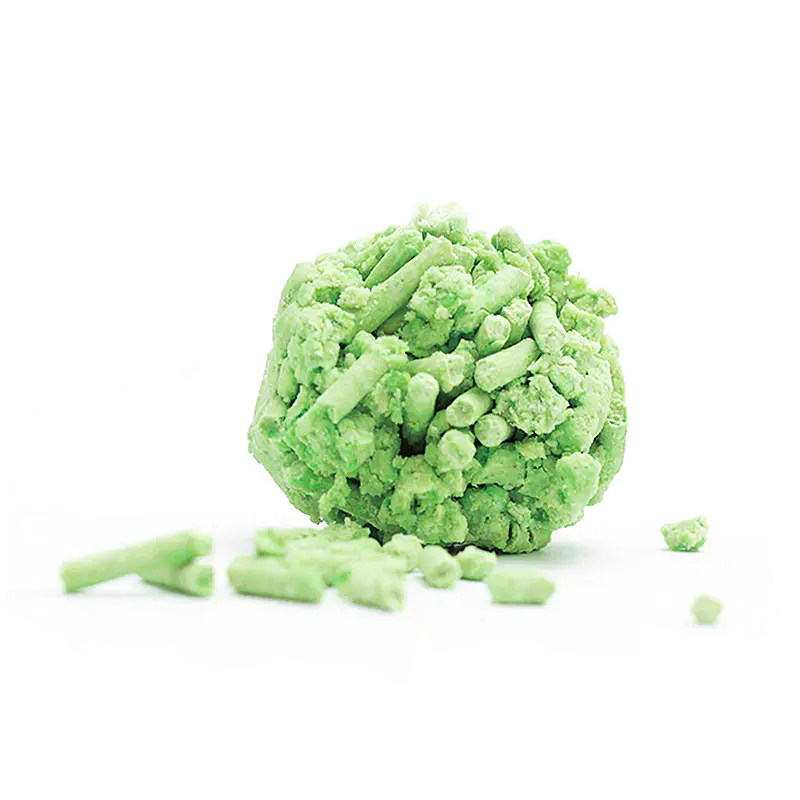
Tofu Cat Litter
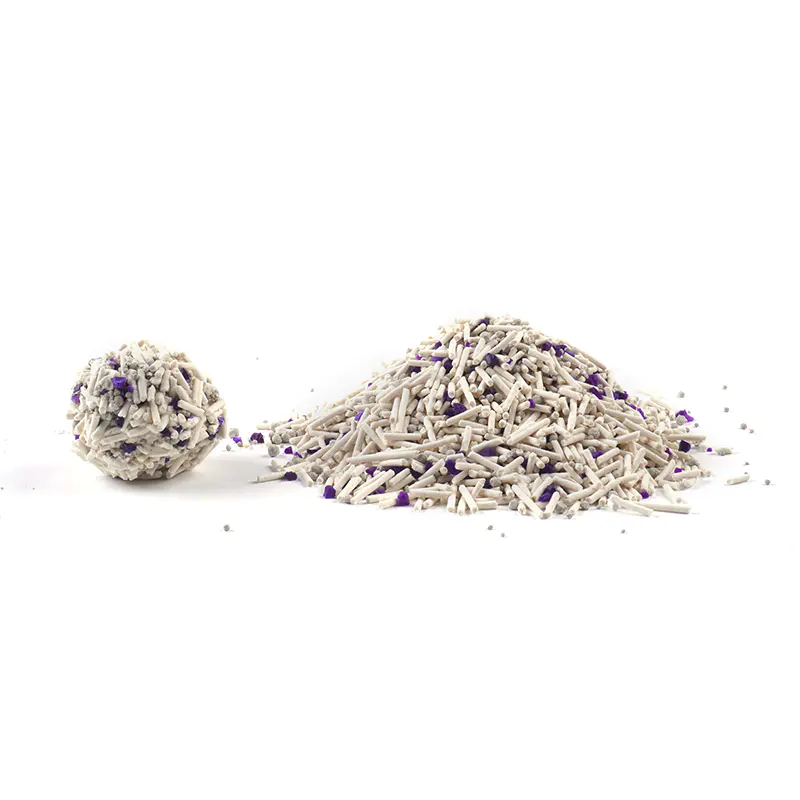
Mixed Cat Litter
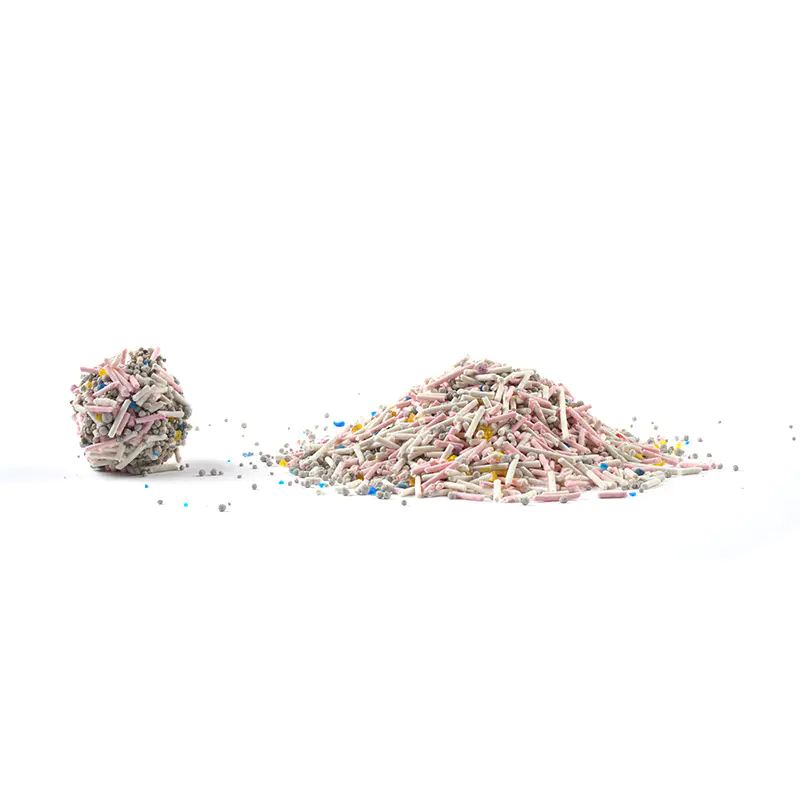
Mixed Cat Litter
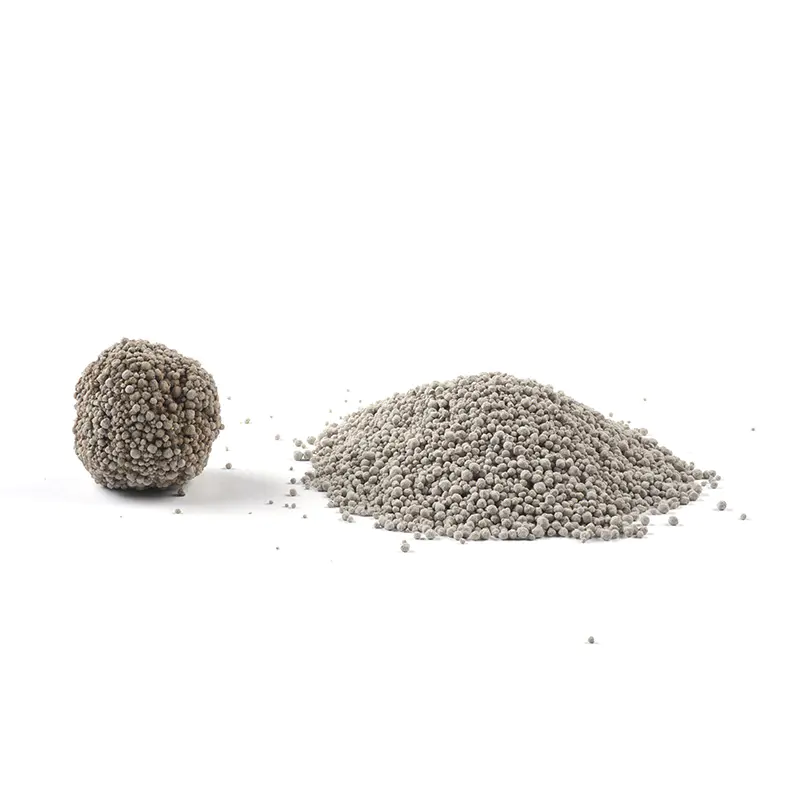
Bentonite Cat Litter


Got Questions? Call us 24/7

+8615263229311
No.88, Quandu Road, Xigang Town, Tengzhou City, Shandong, China. (Sincere Industrial Park)

OEM Cat Litter Manufacturers Bulk Cat Litter Wholesale Biodegradable Cat Litter Company
